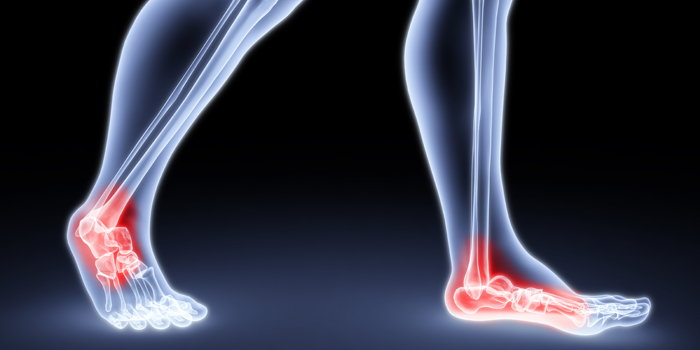
This will be a 3 part coaching log working on breaking down and fixing the issues associated with excessive pronation of the foot in the squat. To get an introduction to the biomechanics of foot pronation please refer to the video below.
There are a number of things to consider when looking at foot pronation, "foot collapsing", in the squat. What is covered in the next 3 logs are what I see as the most relevant and most common when working with patients at my clinic. By no means is this all you need to do, each individual is different and depends on the severity of there foot pronation, weaknesses, and limitations.
1. Let's begin with working on those intrinsic foot muscles. The medial longitudinal arch has a number of different muscles that it relies on. I'm not going to name them, look them up if you're that interested. Whats important is that these muscles support the bottom of the foot via their origin and insertion as well its fascial connection. Hence the importance of intrinsic foot strengthening for plantar fasciitis. The exercise below may seem simple but will be difficult for some. You might experience some cramping. That's normal. Simply put, it's your neurological system not being able to identify the movement and muscles you are using, try and fight through it. Complete with the desired number of sets and reps or until you begin to feel the connection lessen.
2. Now lets look at the relationship between the tibia and ankle. Often when assessing a person in the squat, in regards to foot pronation, I look at the individual's ability to have disassociation between the two. What I often find is a lack of Tibial internal rotation in reference to the ankle. So, this means when a person squats wherever their tibia goes there ankle goes, and if there is a weakness within the hip and valgus occurs at the knee, pronation of the foot occurs. So why is Tibial IR important?
- Allowing the knees to track over the toes properly (2nd to 5th toe)
- Hitting adequate depth in the squat
- decreasing excessive foot external rotation in the squat
So if we don't have this ability our shins will rotate out with our feet and our tight hips will drive our knee inward causing our foot to collapse. The exercises below are what I used to fix this tibial internal rotation loss. These are mobilizations. They should be used prior to training and as often as needed to see improvement. There are no prescribed sets and reps. Test, perform the mobilization then retest, if there was a change then the mob worked if not, then repeat.
3. Now that we have the intrinsic foot muscles starting to activate let's add some neurological feedback and stabilize that new working tissue. The exercise below is great for understanding the difference between foot pronation and supination. This exercise allows you to "FEEL" what being pulled into pronation is like while simultaneously being able to pull yourself out.
- Allow yourself to be pulled slightly into pronation so you can visually see and feel what it is\
- Then without lifting your foot or toes off the ground slowly eccentrically resist the band pulling you until you have reached a neutral foot position and that medial foot arch is engaged.
- Hold this for time while increasing the load (your body weight) until you can sustain your full body weight.
- Next progress to a dynamic version of this exercise which is shown below.
That's it for PART 1. These work best when completed in the order in a circuit like fashion. These are low grade, low-intensity exercises, and mobilizations that can be done daily to keep progress. If you have any questions please leave a comment or ask a question in the Q&A section, or if you are feeling spicy email me at performanceandrecoverysystems.com. Thanks for reading!









1 Comment